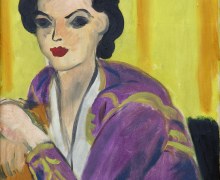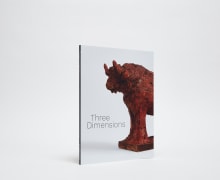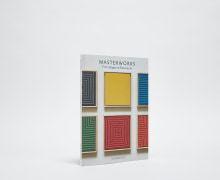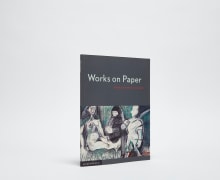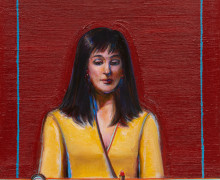
1834-1917
EARLY YEARS
Edgar Degas was born in 1834 to a prosperous banking family. He attended the Ecole des Beaux-Arts, after which he spent a number of years in Italy, studying the work of the Renaissance masters. Upon his return to Paris in 1859, Degas befriended Edouard Manet, who encouraged him to paint contemporary themes rather than classical or historical subjects.
Degas was a member of the Impressionist group, participating in all but one of their exhibitions. Although he did not embrace their priorities such as painting directly from nature, he shared with the group an understanding that contemporary subjects were required for a truly contemporary art, and that color and texture were major factors in painting. Through his interest in Japanese prints, Degas experimented with unusual visual angles and asymmetrical abstracted compositions. He was the first major artist to be influenced by photography, particularly the way he edited images and presented casual situations.
THE MASTER OF THE DANCE
During the 1870's and 1880's, Degas painted commonplace subjects -- horseraces, theater performances, dance halls, prostitutes and the ballet, on and off the stage. He kept to a limited number of themes, making many variations in paintings, pastels, charcoals, monotypes and sculptures. Degas insisted on painting everyday subjects such as milliners in their shops, laundresses and women bathing or combing their hair. Degas studied the gestures and poses of these figures and the way they related to interior settings. His eye for the instant gesture and socially revealing incident went with a lifelong habit of recycling poses and motifs
LATE INNOVATION
After 1890, Degas became interested in new ways to make his images. As his eyesight failed, he worked almost exclusively in pastel, sometimes applied very thickly. The late compositions are abstracted and the color sometimes strident as the pastel is applied in almost scratched lines, nearly obliterating the figure.

